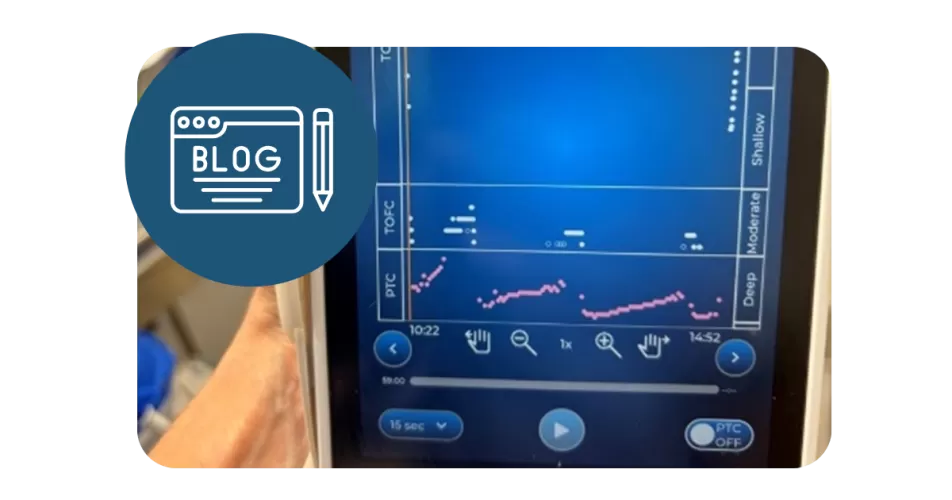TetraGraph’s Global Regulatory Leadership: Raising the Bar for Neuromuscular Monitoring
Oct 28, 2025
Blog by Bing Cai, RA Manager at Senzime

In the dynamic world of anesthesia, precision matters. As anesthetists, you rely on accurate, real-time data to make critical decisions that directly impact patient safety. Yet despite decades of development in neuromuscular monitoring, one issue persists globally: inconsistency in how the accuracy of neuromuscular monitor is validated.
At Senzime, we see this not as a barrier—but as an opportunity to lead.
Regulatory agencies like the FDA and other health authorities rightly require that medical devices meet stringent safety and performance standards—typically through engineering-focused bench testing. These tests evaluate a device’s functionality under simulated conditions, ensuring it performs as designed.
However, when it comes to clinical validation, there are currently no standardized regulatory requirements. Manufacturers are left to define their own criteria for what “accurate” means in clinical practice.
The result? A wide variation in clinical evidence supporting different neuromuscular monitors. Most neuromuscular monitors on the market offer only limited validation data–and few, if any, validate performance across the full range of neuromuscular block.
TetraGraph® was built with a singular mission: to empower anesthesia providers clinically validated accuracy at every level neuromuscular block—from no block to moderate to deep.
Unlike other EMG monitors on the market, TetraGraph is the only device clinically validated across all levels of neuromuscular block (1).
This matters because bench testing alone cannot predict real-world performance in the operating room. Only clinical validation can confirm a monitor’s ability to reliably detect twitch responses in complex environments—even in the presence of high-frequency and high-powered device, such as electrocautery devices, unregulated line noise (outside of 50/60Hz and its harmonics), and other electrical interference.
TetraGraph’s global regulatory approvals reflect our commitment to advancing patient safety and delivering a meaningful impact on millions of lives:
- FDA-cleared and CE-marked, with a broad footprint across North America, Europe, Asia, and Latin America.
- Performance validated through both engineering and clinical data, going beyond minimum requirements to provide complete picture of device performance.
- Continuous post-market surveillance and clinician feedback loops ensure continuous improvement and real-world data collection.
By voluntarily exceeding regulatory expectations, TetraGraph is redefining what quality and safety mean in neuromuscular monitoring—driven not by bureaucracy, but by our belief and mission to safeguard every patient’s journey from anesthesia to recovery.
As an anesthesia provider, you understand the importance of accurate NMBA dosing—it directly impacts patient safety, recovery times and cost. Choosing a monitor that has been clinically validated across all levels of neuromuscular block means you’re making decisions based on real, reliable data—not assumptions.
At Senzime, we believe this level of rigor shouldn’t be the exception. It should be the standard. That’s why we’re raising the bar for quantitative neuromuscular monitoring and continuing to lead by example.
Bing Cai, RA Manager at Senzime

1. Ebert TU. Vogt J. Kaur R. Iqbal Z. Peters D, Cummings CE. Stekiel TA. Train-of-four ratio. counts and post-tetanic counts with the TetraGraph electromyograph in comparison with mechanomyography. Journal of Clinical Monitoring and Computing, August 2024.
Senzime is ready to guide you in how the latest quantititative TOF monitoring can empower your practice.
